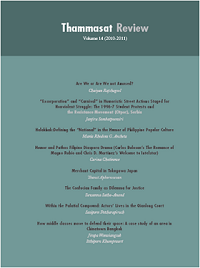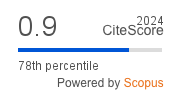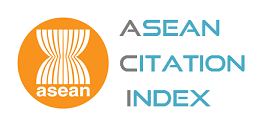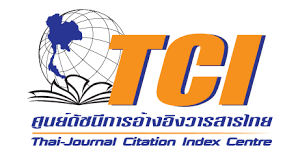“Excorporation” and “Carnival” in Humoristic Street Actions Staged for Nonviolent Struggle: The 1996-7 Student Protests and the Resistance Movement (Otpor), Serbia
Abstract
In this paper, I seek to understand the way in which humoristic street actions operate in a nonviolent struggle by examining the extensive staging of humoristic actions during the students’ nonviolent protest in 1996-7 in Serbia, and the nonviolent movement Otpor. The concepts of “excorporation” and “carnival” are in use to understand the operation of these actions. I argue that humoristic actions are defiant because they work to emasculate the opponent’s rhetoric by appropriating and juxtaposing it with other discursive forces, for the rhetoric to be mirthful. Humoristic actions, when manifest in the form of carnival, can also be disarming and transformative. Carnival-like actions generate the positive energy which transcends the reality of pending clash between protesters and authorities. The first section discusses the relationship between nonviolence and humor presented in existing scholarship. Then, humoristic actions staged in the Serbian case are categorized and detailed. The final section, through the concepts of excorporation and carnival, analyses the operation of humoristic street action.Downloads
How to Cite
Sombatpoonsiri, J. (2015). “Excorporation” and “Carnival” in Humoristic Street Actions Staged for Nonviolent Struggle: The 1996-7 Student Protests and the Resistance Movement (Otpor), Serbia. Thammasat Review, 14(1), 13–34. retrieved from https://sc01.tci-thaijo.org/index.php/tureview/article/view/40800
Issue
Section
Articles
License
The opinions and ideas expressed in all submissions published in Thammasat Review are solely that of the author(s) and do not necessarily reflect that of the editors or the editorial board.
The copyright of all articles including all written content and illustrations belong to Thammasat Review. Any individuals or organisation wishing to publish, reproduce and distribute a particular manuscript must seek permission from the journal first.








